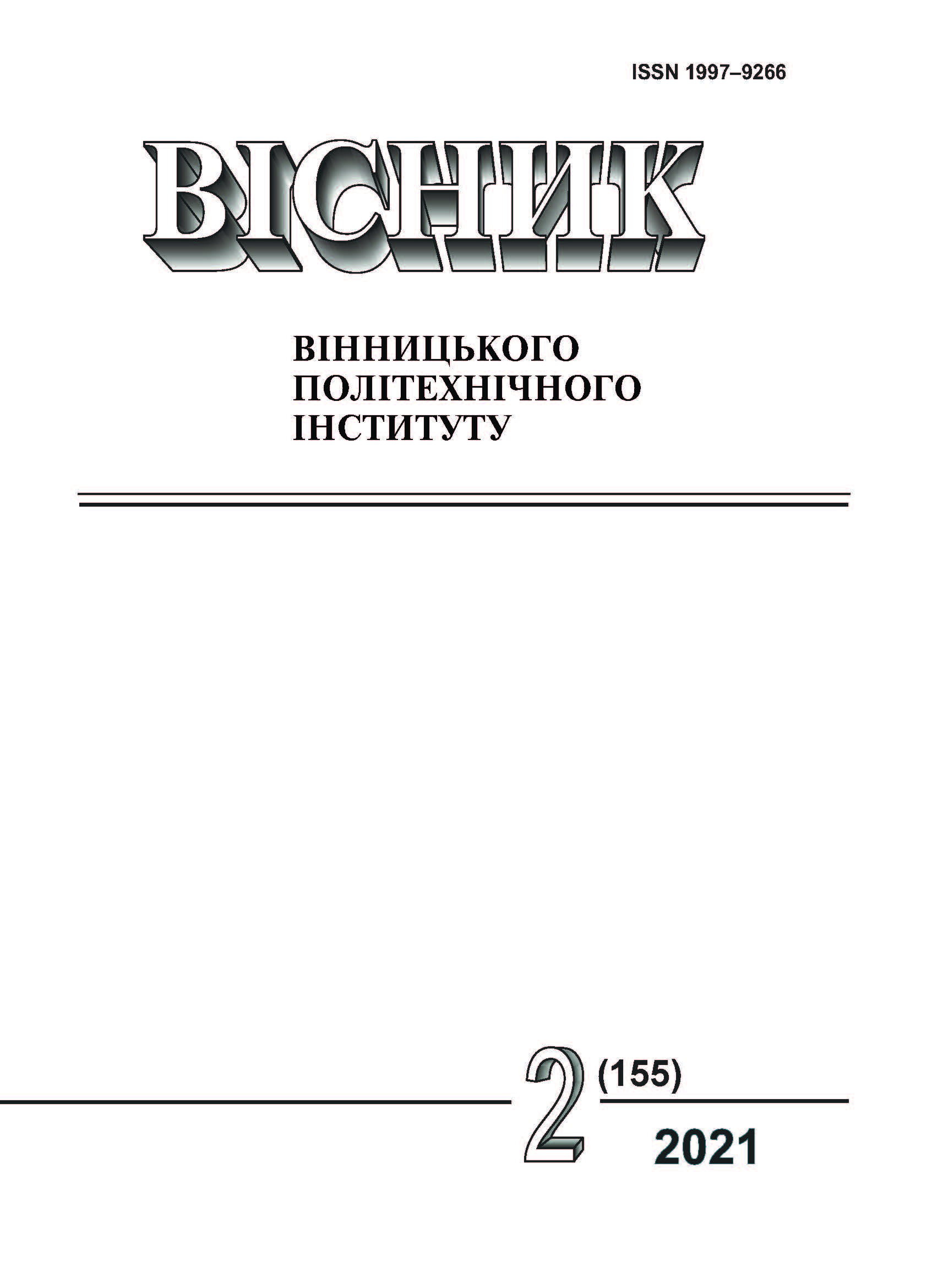Influence of the Basing Scheme on the Basing Error as a Component of the Minimum Intermediate Allowance for Machining
DOI:
https://doi.org/10.31649/1997-9266-2021-155-2-107-113Keywords:
machining, minimum intermediate allowance, calculation and analytical method, basing scheme, installation scheme, installation error, basing errorAbstract
An important stage in the design of technological processes for machining workpieces of machine parts is to determine the values of the minimum intermediate allowances, on the basis of which the technological dimensions and dimensions of the original workpiece are determined during the subsequent stages.
An effective means of determining intermediate allowances is the computational and analytical method proposed by Professor V. M. Kovan. According to this method, one of the components of the minimum intermediate allowance is the installation error, an important component of which is the positioning error. For the conditions of processing a batch of blanks on a tuned machine, the positioning error, as a component of the minimum allowance, should be determined as the distance between the limiting positions (scattering field) of the surface from which the allowance will be cut, relative to the tool set for the size. With this in mind, we considered and analyzed some common variants of basing schemes for workpieces in machine tools, regarding the presence of a positioning error, as a component of the minimum intermediate allowance for machining main holes in a workpiece of a “Lever” type part, since during the design of technological processes for the manufacture of just this type of parts due to the multivariance of possible basing schemes, certain difficulties arise in determining the basing error as a component of the minimum intermediate allowance. For the considered variants of basing schemes, dependencies were obtained for calculating the magnitude of the basing error.
The results of the work can be used in the design of technological processes of mechanical processing, as well as in the educational process of training specialists in mechanical engineering specialties.
References
«Базирование и базы в машиностроении. Термины и определения,» ГОСТ 21495–76. [Чинний від 1977-01-01]. – Москва: изд-во стандартов, 1987, 35 с.
В. М. Кован, Расчет припусков на обработку в машиностроении. Москва: Машгиз, 1953, 208 с.
В. Б. Борисов и др., Справочник технолога-машиностроителя, в 2-х т., т. 1, А. Г. Косилова и Р. К. Мещеряков, Ред. Москва: Машиностроение, 1985, 656 с.
А. Ф. Горбацевич, В. А. Шкред, Курсовое проектирование по технологии машиностроения, учеб. пос. Москва, РФ: ООО ИД «Альянс», 2007, 256 с.
О. В. Дерібо, Основи технології машинобудування, ч. 1. Вінниця, Україна: ВНТУ, 2013, 125 с.
О. В. Дерібо, Ж. П. Дусанюк, «Особливості визначення похибки установлення як складової припуску для механічної обробки,» Вісник Вінницького політехнічного інституту, № 2, с. 67-72, 2020.
В. М. Кован и др., Основы технологии машиностроения, В. С. Корсакова, Ред. Москва: Машиностроение, 1977, 416 с.
О. В. Дерібо, «До питання впливу схеми базування на величину похибки базування як складової мінімального припуску для механічної обробки отворів в заготовках деталей типу “Важіль”,» на L Наук.-техн. конф. підрозділів Вінницького національного технічного університету «НТКП ВНТУ-2021» (Вінниця, 10-12 березня 2021 р.), с. 4. [Електронний ресурс]. Режим доступу: https://conferences.vntu.edu.ua/index.php/all-fmt/all-fmt-2020/paper/view/9919/8276.
Downloads
-
PDF (Українська)
Downloads: 312
Published
How to Cite
Issue
Section
License

This work is licensed under a Creative Commons Attribution 4.0 International License.
Authors who publish with this journal agree to the following terms:
- Authors retain copyright and grant the journal right of first publication.
- Authors are able to enter into separate, additional contractual arrangements for the non-exclusive distribution of the journal's published version of the work (e.g., post it to an institutional repository or publish it in a book), with an acknowledgment of its initial publication in this journal.
- Authors are permitted and encouraged to post their work online (e.g., in institutional repositories or on their website) prior to and during the submission process, as it can lead to productive exchanges, as well as earlier and greater citation of published work (See The Effect of Open Access).





